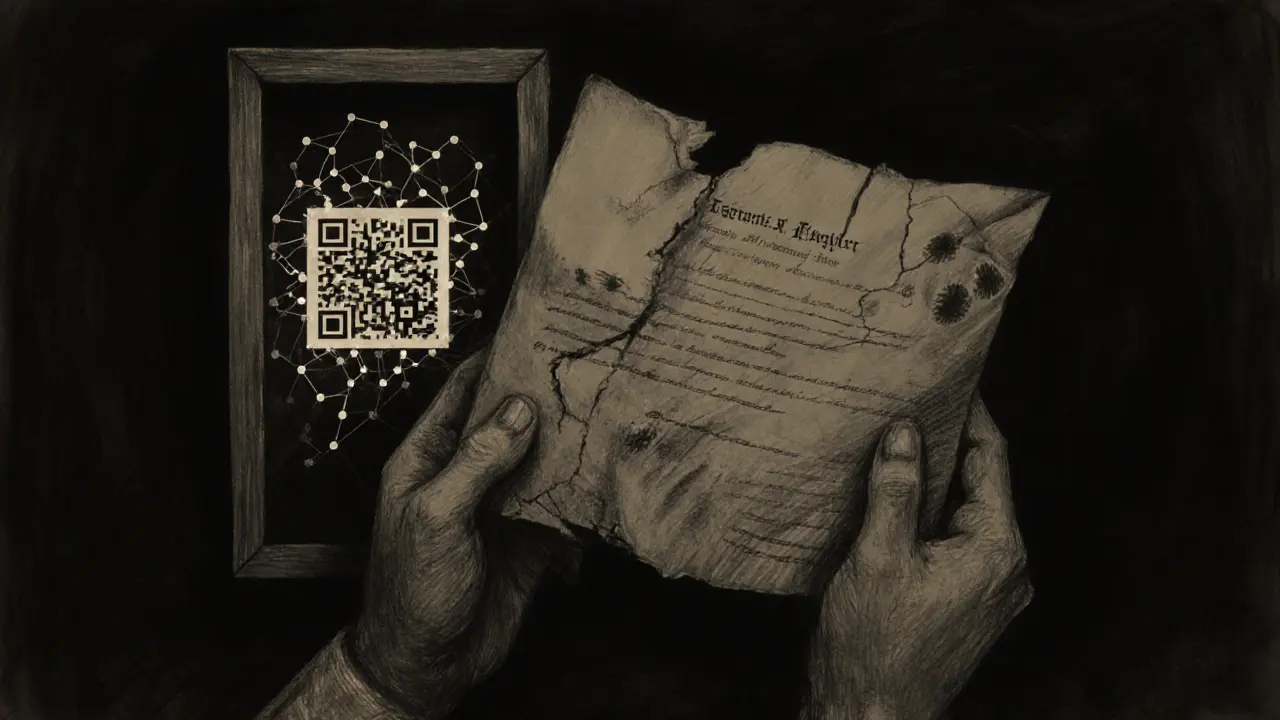Blockchain provenance offers an unchangeable digital record of art ownership, while traditional methods rely on fragile paper documents. Learn how blockchain stops fraud, boosts trust, and gives artists lifelong royalties.
Digital Certificate of Authenticity: What It Is and Why It Matters in Crypto and NFTs
When you buy an NFT or a rare digital asset, you’re not just buying a file—you’re buying proof that it’s the real thing. That proof comes from a digital certificate of authenticity, a verifiable, tamper-proof record tied to a blockchain that confirms ownership, origin, and history of a digital item. Also known as blockchain verification, it’s what separates a genuine CryptoPunk from a copied screenshot. Without it, you’re flying blind. And in a market full of fake airdrops, cloned tokens, and phantom NFTs, that’s dangerous.
This isn’t just about art. It’s about trust. The same system that proves a rare Bored Ape is real also helps verify whether a token like CHEEL, the utility token behind the Cheelee SocialFi platform, was legitimately distributed—or if it’s part of a pump-and-dump scheme. It’s why you need to check if a POTS airdrop, a claimed giveaway tied to Moonpot is real by cross-referencing on-chain data, not just a Discord post. And it’s why platforms like SwapStats dig into token contracts and transaction histories to spot scams like DTN, a fake crypto token with zero supply but a fake price that pretends to be legitimate.
A digital certificate of authenticity doesn’t mean much if it’s not linked to something verifiable. That’s why smart buyers look at the blockchain address behind the asset, check if the contract was audited, and see if the creator’s wallet has a history. You won’t find this on a website banner. You’ll find it in the transaction history, the smart contract code, and the chain of ownership. That’s where real verification happens. And that’s what the posts here are built around: cutting through the noise to show you what’s real, what’s fake, and how to tell the difference.
Below, you’ll find real-world examples of how digital certificates of authenticity are used—or abused—in crypto. From fake NFT giveaways to institutional exchanges that vanished, these posts show you the patterns scammers rely on. You’ll learn how to spot them before you lose money. No theory. No fluff. Just what works.

